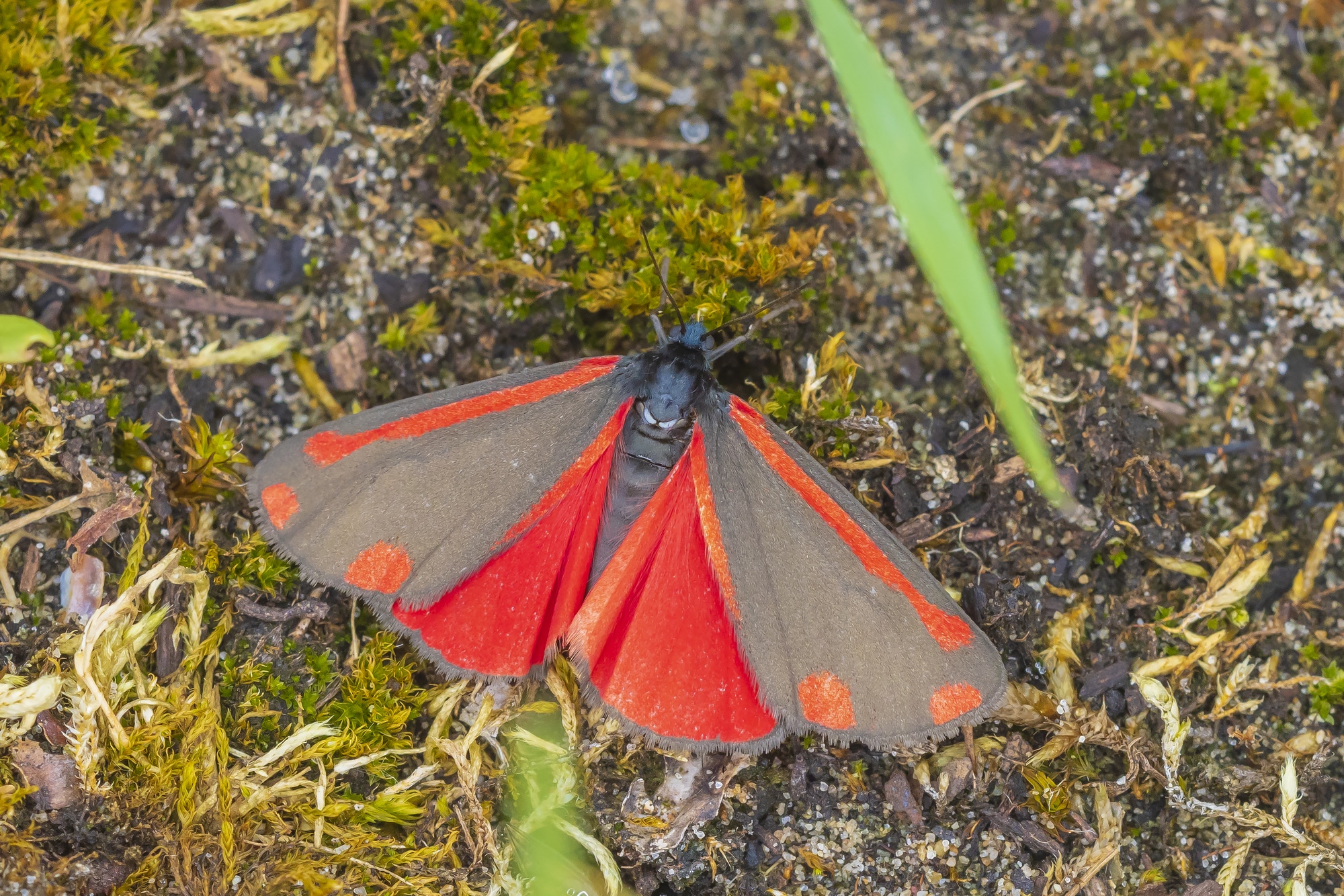As a garden enthusiast and wildlife researcher, I’ve encountered many questions about the striking cinnabar moth and its potential dangers. Today, I’ll share everything you need to know about these fascinating creatures and whether they pose any real threat to humans.
Quick Answer
While adult cinnabar moths are harmless, their caterpillars can be mildly poisonous to humans due to toxic compounds they acquire from eating ragwort plants Direct contact may cause skin irritation, but they generally pose minimal risk when proper precautions are taken.
Understanding Cinnabar Moths
Physical Characteristics
-
Adult moths:
- Black wings with distinctive red markings
- Wingspan of about 32-42mm
- Active during May to July
-
Caterpillars:
- Yellow and black striped appearance
- Grow up to 30mm long
- Most visible from June to August
Habitat and Distribution
These moths are found in:
- Europe (native)
- Asia (native)
- North America (introduced)
- Australia (introduced)
- New Zealand (introduced)
The Poisonous Truth
Why Are They Toxic?
The toxicity of cinnabar moths comes from their relationship with ragwort plants Here’s how it works
-
Feeding Process
- Caterpillars feed exclusively on ragwort
- Ragwort contains toxic alkaloids
- These toxins are stored in the caterpillar’s body
-
Toxin Accumulation
- Alkaloids like jacobine and senecionine build up over time
- Caterpillars use these as a defense mechanism
- The bright coloring serves as a warning to predators
Health Risks to Humans
Direct Contact Effects
- Possible symptoms:
- Skin irritation
- Rashes
- Minor swelling
- Nausea (if accidentally ingested)
Risk Levels
- Adults: No risk from mature moths
- Caterpillars: Low to moderate risk
- Handling: May cause mild reactions
- Ingestion: Should be avoided
Safety Guidelines
How to Stay Safe
-
General Precautions
- Don’t handle caterpillars with bare hands
- Supervise children around ragwort areas
- Keep pets away from feeding sites
- Wash hands after any accidental contact
-
If Exposure Occurs
- Wash affected area thoroughly
- Monitor for reactions
- Seek medical help if symptoms develop
- Document the exposure time and type
The Ecological Role
Benefits to Environment
- Natural ragwort control
- Important pollinator
- Part of local food chains
- Helps maintain biodiversity
Prevention and Management
Garden Safety Tips
-
Identification
- Learn to recognize both moths and caterpillars
- Familiarize yourself with ragwort plants
- Monitor garden areas regularly
-
Garden Management
- Create safe buffer zones
- Remove ragwort if necessary
- Maintain natural barriers
- Use protective gear when gardening
Interesting Facts
Did you know?
- Cinnabar moths were intentionally introduced in some countries to control ragwort
- Their bright colors are an example of aposematic coloration
- They can lay up to 150 eggs at once
- Adult moths don’t feed on ragwort
Special Considerations
For Pet Owners
- Keep pets away from caterpillar-infested areas
- Monitor pet behavior around ragwort
- Contact vet if pets show unusual symptoms
- Create pet-safe garden zones
For Gardeners
- Wear gloves when working near ragwort
- Use long sleeves and pants
- Consider removing ragwort if necessary
- Maintain safe distances from known colonies
When to Seek Help
Medical Attention Needed If:
- Severe skin reaction occurs
- Breathing difficulties develop
- Ingestion is suspected
- Persistent symptoms appear
While cinnabar moths and their caterpillars can pose some risks, they’re generally not dangerous when proper precautions are taken. Their presence in our gardens is actually beneficial for controlling invasive ragwort. By understanding and respecting these creatures, we can safely coexist with them in our outdoor spaces.
Remember, if you’re ever unsure about an interaction with these moths or their caterpillars, it’s better to err on the side of caution and consult with a healthcare professional. As we always say in our garden center, “Nature is beautiful, but best appreciated with knowledge and respect!”
Would you like me to explain any specific aspect of cinnabar moths in more detail?

When to seeMay to August
Cinnabar moth Richard Burkmar
Cinnabar moth caterpillar ©Andrew Hankinson
How you can help
As a charity we rely on memberships. They help us look after over 2,300 nature reserves and protect the animals that call them home.
Hairy caterpillars can be dangerous #firstaid #danger
0
